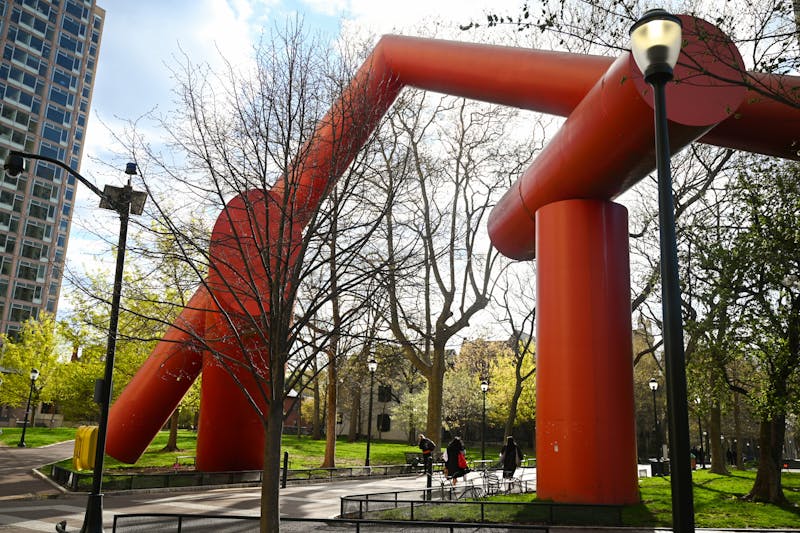With responsibility for raising $310 million of the University's $3.5 billion capital campaign, Penn's six resource centers are charged with making a significant contribution.
But undergraduate and graduate schools, for example, have loyal alumni with incentives to give - how do you fundraise when you don't have an obvious constituency?
At the six centers - the Annenberg Center for the Performing Arts, Penn Athletics, the Institute of Contemporary Art, Penn Libraries, the Morris Arboretum and the University of Pennsylvania Museum of Archaeology and Anthropology - development directors are faced with this challenge as they try to mobilize their constituents to reach campaign goals.
"There are unique challenges," Vice President for Alumni Relations and Development John Zeller said. "And so it really requires listening carefully to what donors' interests are and trying to match those up."
But don't feel bad for them just yet - they say they have a plan.
At the Morris Arboretum - the historic Penn-affiliated public garden located outside of Philadelphia - the fundraising strategy starts with a membership base of about 5,000 households each year.
"As you look at trends in philanthropy today, donors give to institutions where they feel like they're an insider or a stakeholder," Arboretum development director Melissa von Stade said.
To that end, the Arboretum gives members access to the center through classes, private, director-led garden tours or special travel opportunities.
Marilyn Pollick, development director for the Institute of Contemporary Art, agreed that centers face unique fundraising challenges.
"For people who are in a school, quite often if they're reaching out to alums, the question of why you would want to give to Penn is much easier to answer," she said.
At the ICA, the search for new donors is always ongoing.
"We are constantly seeking out new prospects from every single person in our family," Pollick said. "That includes the board, other donors and even other people that lend work to an exhibition."
Penn Libraries, on the other hand, knows that its donor base will generally consist of alumni.
"Most of our donors are people associated with Penn and who have some fondness or emotional attachment to the University," Library development director Adam Corson-Finnerty said.
For example, parents might donate in the interest of their children, or unaffiliated donors might give to existing collections in the rare-books library in which they share a particular interest, he said.
But in a world where the list of potential charities is ever-growing, centers can run into trouble convincing people to open their pocketbooks.
"Sometimes, it's hard to come up against higher education, or, say, cancer research," von Stade said.
And the affiliation with Penn, while generally a blessing, can also be a curse.
"The community in many instances feels that because we are Penn, we're rich. . That's quite unfortunate, because centers do not have tuition income" like schools do, Pollick said.
Despite the challenges, Penn's centers are chugging along, and even if they're at a disadvantage, they seem to be doing just fine.
"There's no discrepancy between the progress of the resource centers and the progress of the schools," Penn President Amy Gutmann said.
The Daily Pennsylvanian is an independent, student-run newspaper. Please consider making a donation to support the coverage that shapes the University. Your generosity ensures a future of strong journalism at Penn.
DonatePlease note All comments are eligible for publication in The Daily Pennsylvanian.








